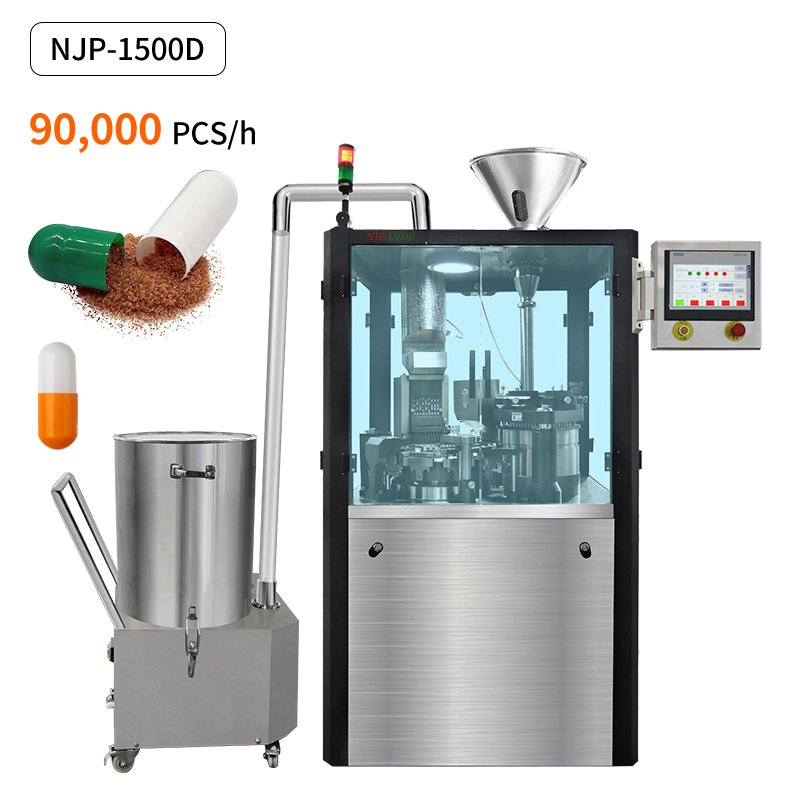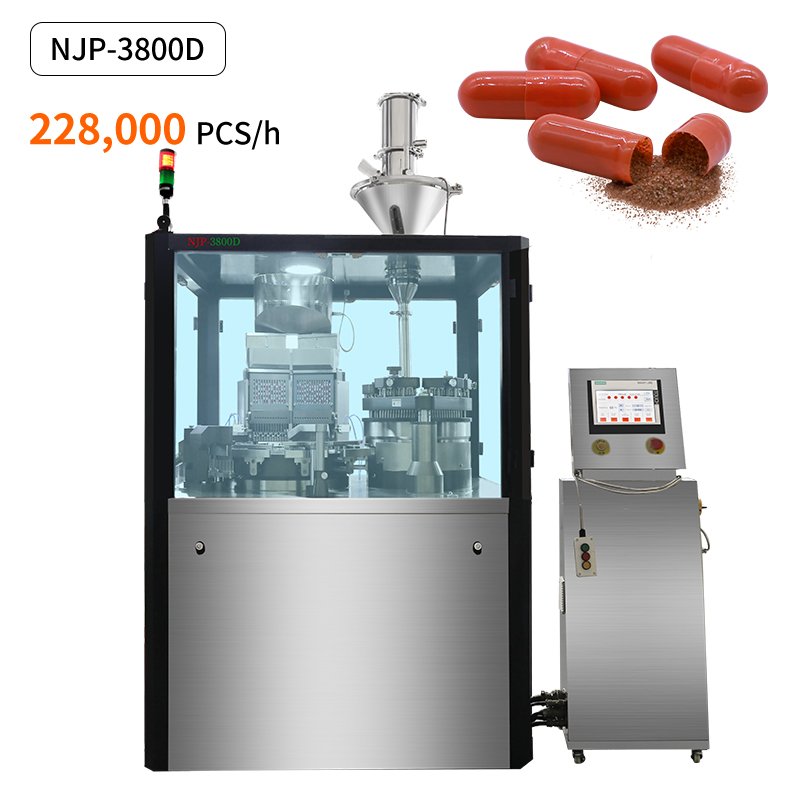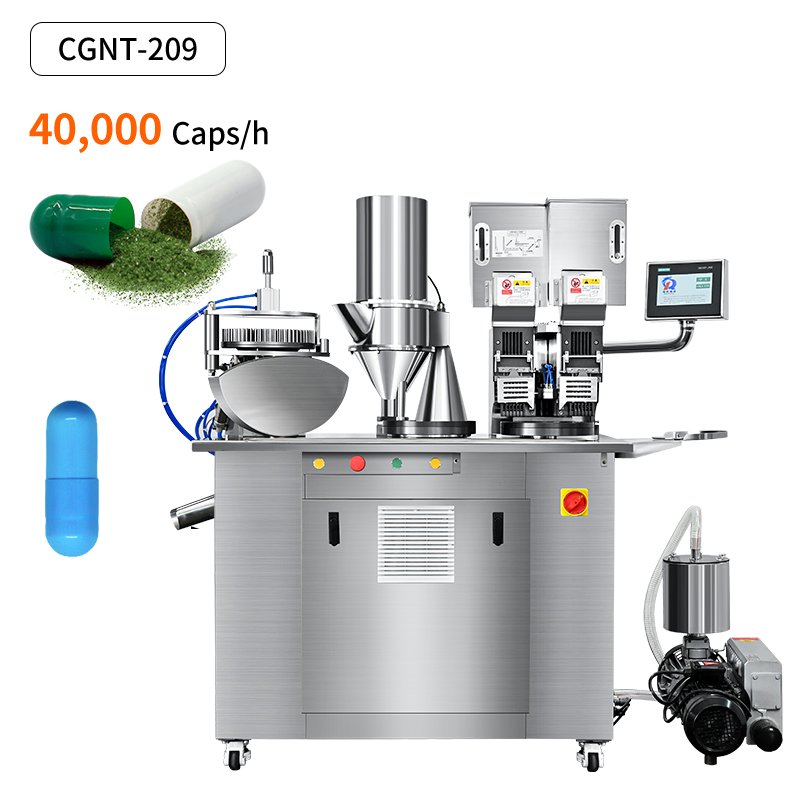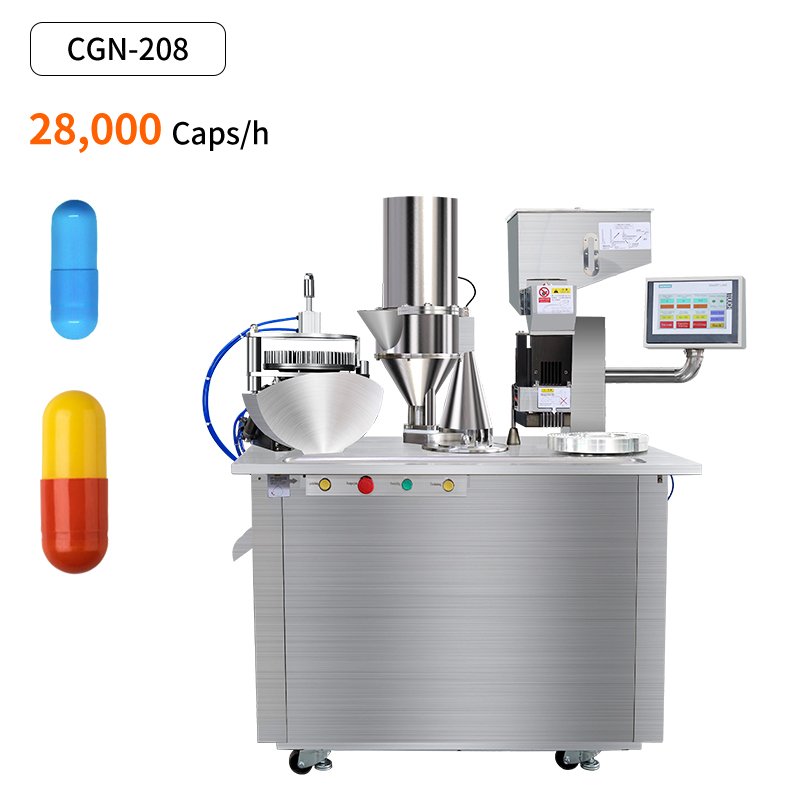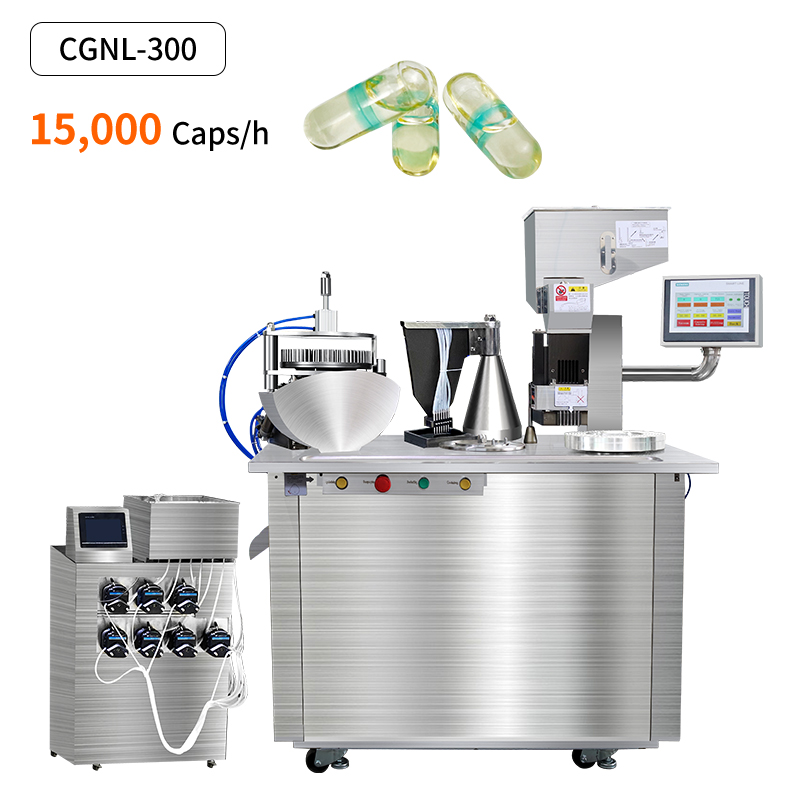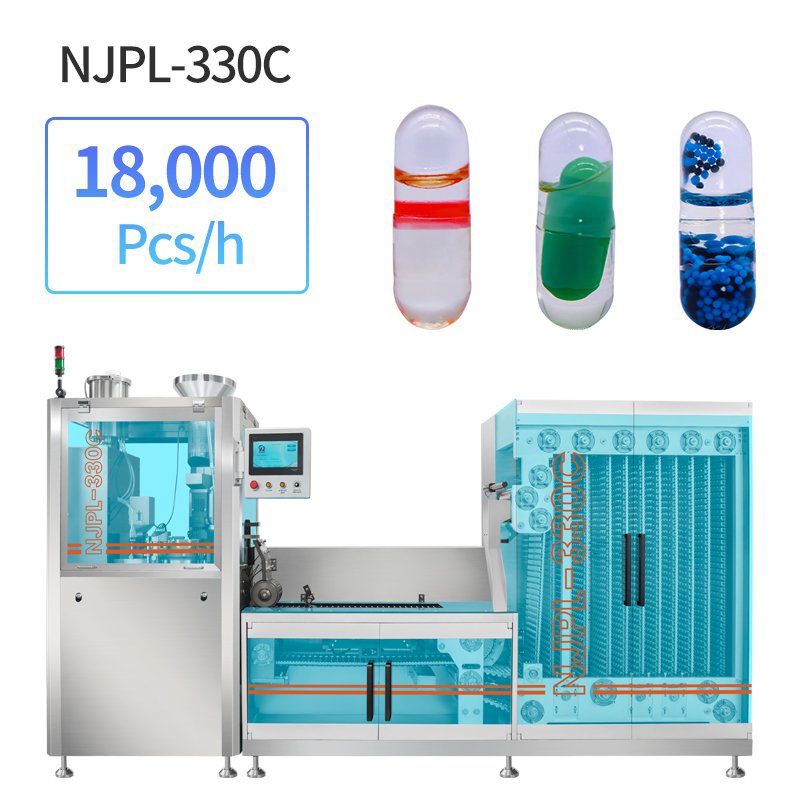- 집
- 캡슐 충전기
캡슐 충전기
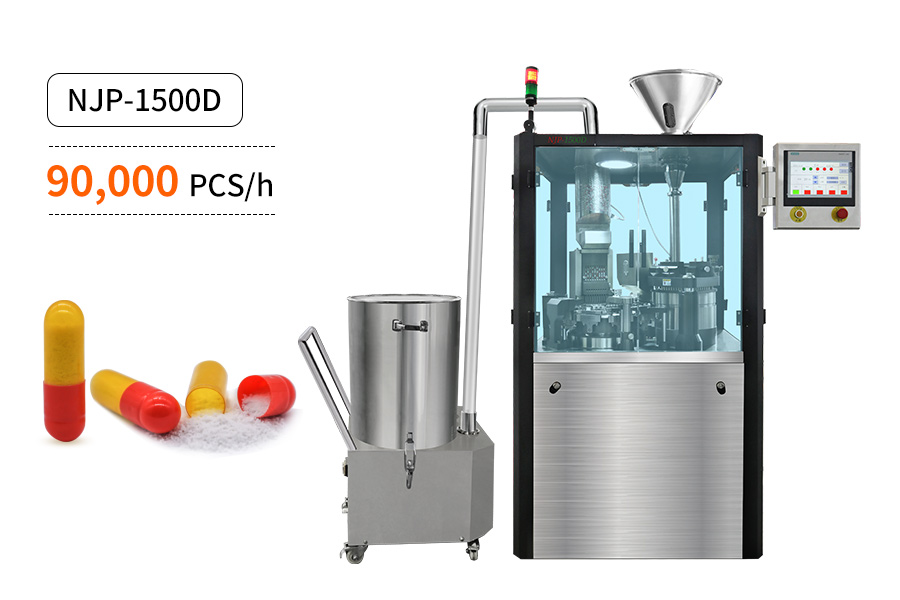
캡슐 충전기 분류
| 기계 모델 | NJP-400C | NJP-800C | NJP-1500D | NJP-2600C | NJP-3800D | NJP-5500C |
| 최대 출력 | 24000개/시간 | 48000개/시간 | 90000개/시간 | 150000개/시간 | 228000개/시간 | 330000개/시간 |
| 캡슐 크기 호환성 | 000,00,0,1,2,3,4,5# | |||||
| 힘 | 3KW | 5KW | 5.5KW | 8KW | 10.5KW | 11KW |
| 무게 | 600kg | 900kg | 1200kg | 1500kg | 2200kg | 3000kg |
| 차원 | 1000×710×1900mm | 1100×910×2100mm | 1490×1260×2150mm | 1650×1490×2150mm | 1980×1850×2200mm | 2400x2050x2300mm |
| 모델 | CGN-208 | CGNT-209 |
| 산출 | 15000-30000개/시간 | 40000개/시간 |
| 적용 가능한 캡슐 | 000#、00#、0#、1#、2#、3#、4#、5# | |
| 전원 공급 장치 | 2.12kw | 2.2kw |
| 힘 | 380/220V 50Hz(맞춤형) | |
| 순중량 | 400kg | 405kg |
| 포장 크기 | 1640*720*1700mm | 1640*720*1700mm |
| 모델 | CGNL-300 | NJPL-100C | NJPL-300C | NJPL-600C |
| 산출 | 15000-28000개/시간 | 100개/분 | 300개/분 | 600개/분 |
| 캡슐 크기 호환성 | 00#、0#、1#、2#、3# | |||
| 총 전력 | 2.12kw | 3.5KW | 5KW | 6KW |
| 힘 | 380/220V 50Hz(맞춤형) | |||
| 무게 | 400kg | 500kg | 750kg | 900kg |
| 치수(L*W*H) | 1300*800*1750mm | 700*800*1700mm | 860*960*1800mm | 960*1000*1900mm |
어떤 기계가 가장 적합한지 잘 모르시겠어요? 저희 팀이 고객님의 필요와 예산에 맞춰 제안해 드리겠습니다!
반자동 캡슐 충전기
Semi automatic capsule filler machine can fill powder, granule, pellet and liquid into hard capsule, suitable for capsule size ...
NJPL-330C Automatic Liquid Capsule Filling Machine
NJPL-330C Automatic Liquid Capsule Filling Machine fills and seals oils, suspensions, pastes, and viscous solutions into hard capsules (sizes ...
제약회사를 위한 현명한 투자
폭넓은 적용
높은 정확도
비용 효율적
지저분한 워크숍 없음
우리는 포괄적인 서비스로 당신을 지원합니다

평생 보증

7일 이내 빠른 배송

24시간 온라인 서비스
자주 묻는 질문
- 캠을 정기적으로 윤활하여 좋은 상태로 유지하세요.
- 생산이 완료된 후에는 막힘과 녹을 방지하기 위해 충전 스테이션을 분해하고 청소하여 과도한 재료를 제거합니다.
- 진공 펌프에 윤활유를 정기적으로 추가하고 먼지를 청소하세요.
- 정기적으로 물탱크에 배럴 본체의 절반 정도 이상의 물을 채워주세요.
캡슐 충전기 작동 원리

1단계 TP5T1: 캡슐 분리
이 기계는 일반적으로 기계적 또는 진공 기반 메커니즘을 사용하여 빈 캡슐을 개별 반쪽으로 분리합니다.
1단계 TP5T2: 충전재
분말이나 과립과 같은 원하는 충전재를 호퍼에 넣습니다.
1단계 TP5T3: 캡슐 닫기
이 기계는 캡슐 반쪽을 모으고, 정렬한 후 기계적 압력, 진공 흡입 또는 이 두 가지를 조합하여 안전하게 닫습니다.
1단계 TP5T4: 배출
캡슐이 닫히면 기계에서 꺼내어 용기에 담거나 추가 포장합니다.
캡슐 충전기란 무엇인가요?
캡슐 충전기는 다음과 같은 용도로 사용되는 장치입니다. 제약, 건강기능식품, 그리고 약초 산업 분말, 과립, 펠릿 또는 액체와 같은 다양한 물질로 빈 캡슐을 채우는 과정을 자동화합니다.
캡슐 호퍼, 캡슐을 분리하고 방향을 조정하는 메커니즘, 충전 시스템, 폐쇄 메커니즘, 배출 시스템 등 다양한 구성 요소로 이루어져 있습니다.
이 기계는 캡슐의 효율적이고 정확한 충전을 용이하게 합니다. 정확한 복용량과 균일성 보장캡슐 제조 공정에서 생산 속도를 높이고, 인건비를 절감하며, 품질 관리를 유지하는 데 도움이 됩니다.

캡슐의 주요 유형

단단한 껍질의 캡슐
- 하드쉘 캡슐(2피스 캡슐이라고도 함)은 뚜껑과 몸체가 분리된 부분으로 구성되어 있으며, 이 부분들이 서로 맞물려 충전재를 감싸도록 되어 있습니다. 뚜껑과 몸체는 일반적으로 젤라틴이나 식물성 재료로 만들어집니다.
- 경질 캡슐은 탁월한 제품 보호, 안정성 및 변조 방지 기능을 제공합니다. 일반적으로 건조 분말, 과립 또는 작은 고체 입자에 사용됩니다.
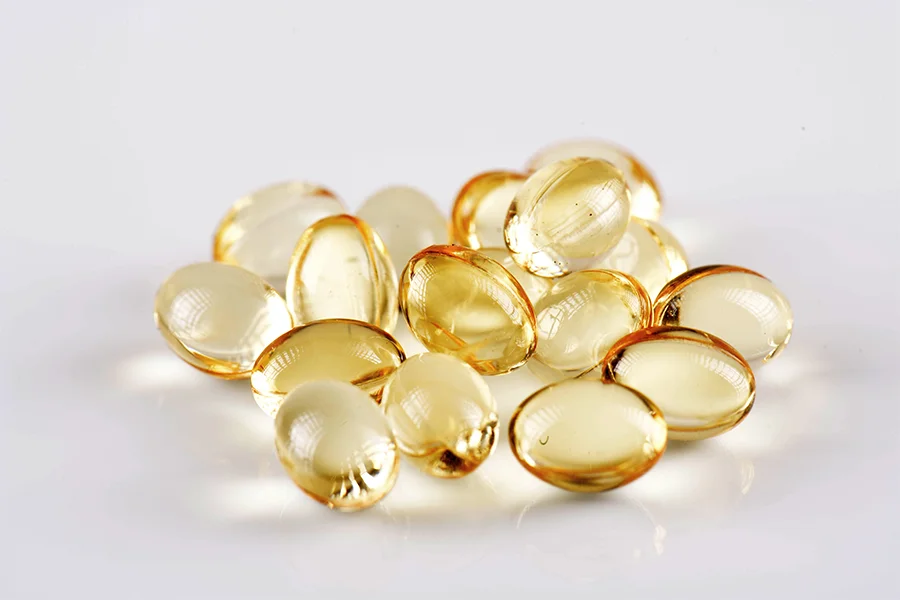
소프트쉘 캡슐
- 연질 캡슐은 단일의 유연한 젤라틴 또는 식물성 껍질로 구성됩니다. 이러한 캡슐은 종종 소프트젤 또는 소프트젤 캡슐이라고 합니다. 소프트젤은 일반적으로 오일, 현탁액 또는 페이스트와 같은 액체 또는 반고체 물질로 채워집니다.
- 부드러운 껍질은 지질 기반 제형의 생체이용률을 높이고, 빛에 민감한 화합물의 안정성을 개선하며, 삼키기 쉬운 등의 장점을 제공합니다.


